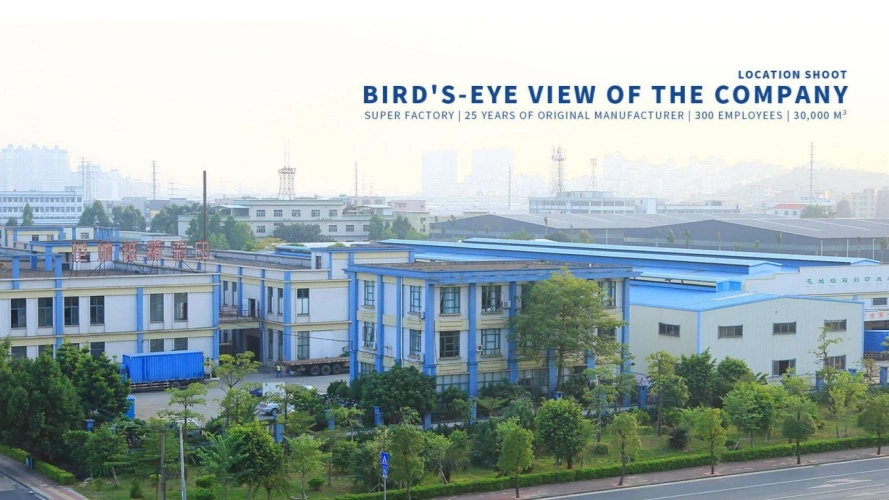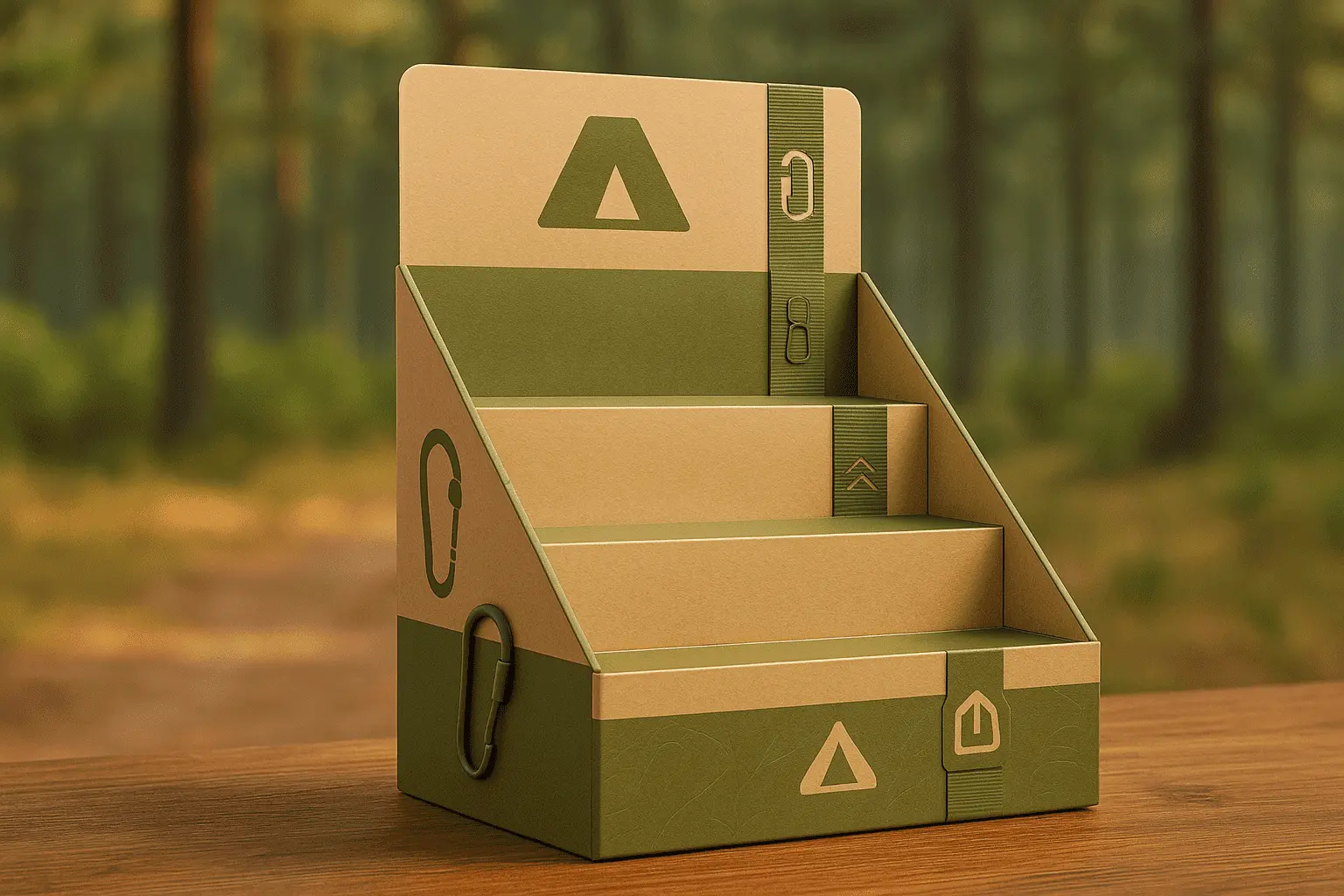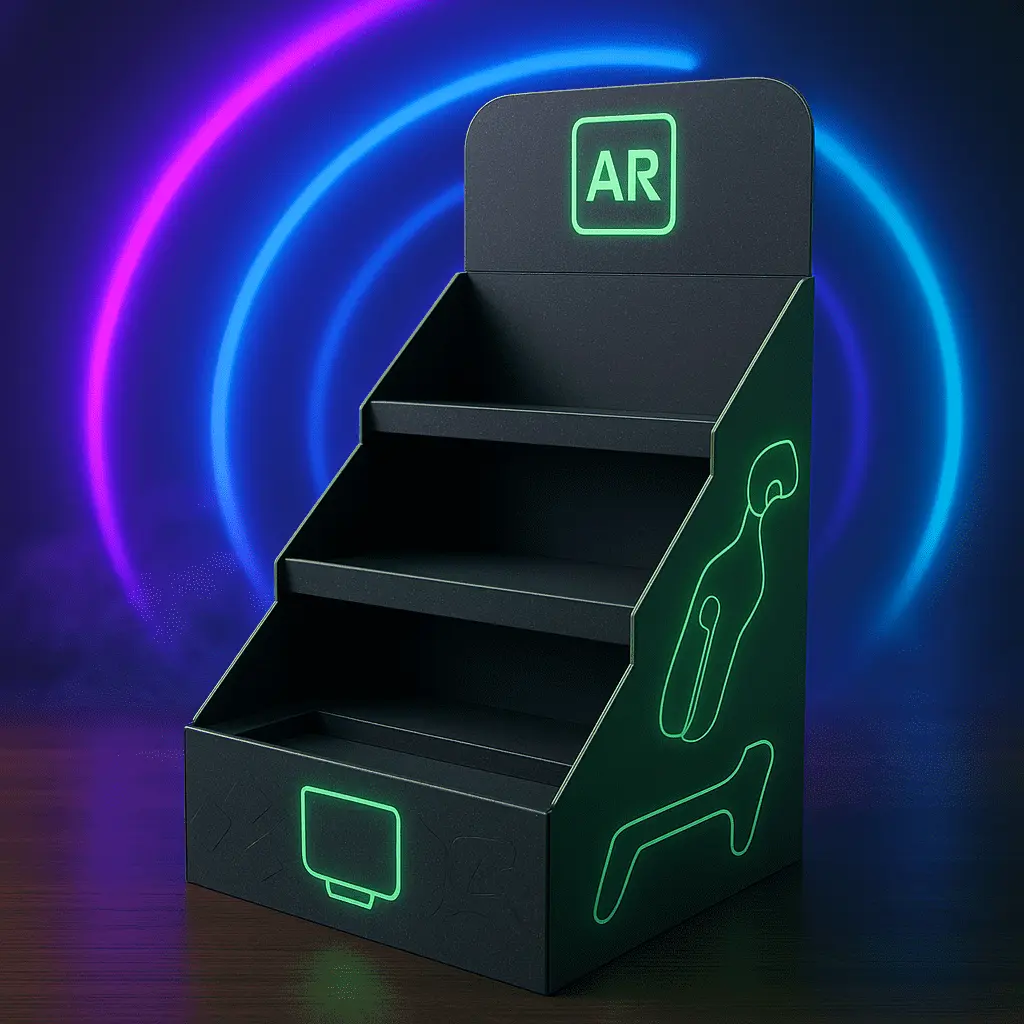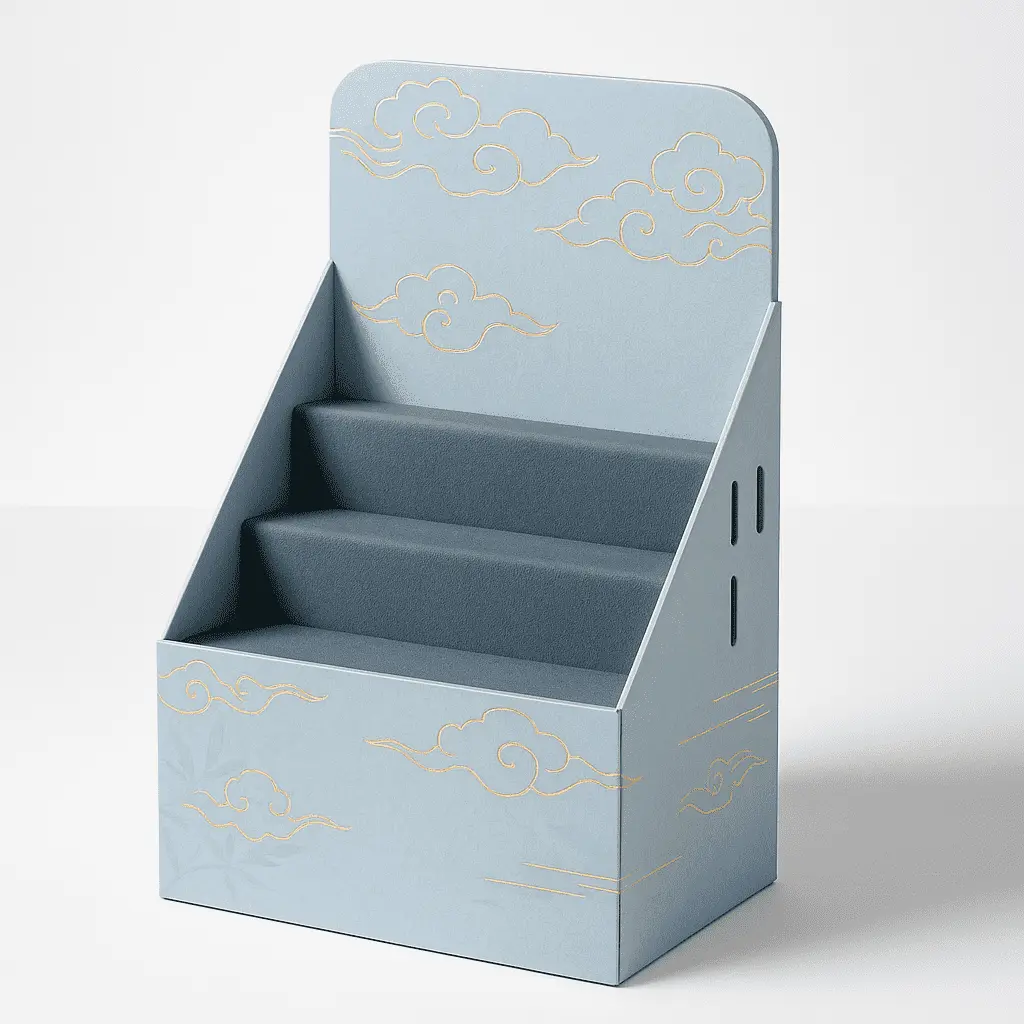Understanding the Role of Mailing Cartons in Shipping and Logistics
The Evolution of Packaging Materials
The packaging industry has undergone significant transformations over the years, with mailing cartons emerging as a cornerstone of modern shipping practices. These versatile containers have evolved from simple cardboard boxes to sophisticated, engineered solutions designed to meet the diverse needs of today's global supply chains. The development of corrugated cardboard, with its unique structure of fluted medium sandwiched between liner boards, has revolutionized the way goods are packaged and transported. This innovation has led to lighter yet stronger mailing cartons that can withstand the rigors of long-distance shipping while providing superior protection to their contents.
Key Functions of Mailing Cartons
Mailing cartons serve multiple purposes beyond mere containment. They act as a barrier against external forces, shielding products from physical impacts, vibrations, and environmental factors such as humidity and temperature fluctuations. The structural integrity of well-designed mailing cartons allows for efficient stacking and storage, optimizing warehouse space and streamlining logistics operations. Additionally, these cartons often incorporate features like cushioning materials and dividers to provide product-specific protection, ensuring that items arrive at their destination in pristine condition.
The Impact of E-commerce on Packaging Demands
The rapid growth of e-commerce has significantly influenced the requirements for mailing cartons. With more products being shipped directly to consumers, packaging solutions must now cater to a wide range of item sizes, shapes, and fragility levels. This shift has led to innovations in customizable and adaptable mailing cartons that can accommodate various products while maintaining durability standards. The rise of unboxing experiences as a marketing tool has also placed greater emphasis on the aesthetic and functional aspects of packaging, challenging manufacturers to create mailing cartons that are both protective and visually appealing.
Factors Contributing to Mailing Carton Durability
Material Selection and Quality
The choice of materials plays a pivotal role in determining the durability of mailing cartons. High-quality corrugated cardboard, characterized by its strength-to-weight ratio and cushioning properties, is often the preferred base material. The thickness and composition of the cardboard layers, known as fluting, can be tailored to provide varying degrees of protection. Some manufacturers incorporate additional reinforcing materials, such as polyethylene or polypropylene sheets, to enhance moisture resistance and overall structural integrity. The quality of adhesives used in construction also contributes significantly to the carton's ability to maintain its shape and strength under stress.
Structural Design and Engineering
The engineering behind mailing carton design is a critical factor in ensuring durability. Advanced computer-aided design (CAD) software allows packaging engineers to create and test virtual prototypes, optimizing the carton's structure for maximum strength and minimal material usage. Features such as reinforced corners, double-wall construction, and strategically placed creases and folds can dramatically improve a carton's ability to absorb shocks and resist crushing. Innovative designs may also incorporate interlocking tabs or self-locking mechanisms that enhance the carton's stability during transit and reduce the reliance on external sealing methods.
Protective Coatings and Treatments
To further enhance durability, mailing cartons often undergo specialized treatments or coatings. Water-resistant finishes can be applied to the exterior surfaces, providing an additional barrier against moisture and humidity. Some manufacturers offer cartons with antimicrobial properties, which can be particularly valuable for shipping food items or medical supplies. UV-resistant coatings help preserve the integrity of the carton and its contents when exposed to sunlight during outdoor storage or delivery. These protective measures not only extend the life of the mailing carton but also ensure that it maintains its protective qualities throughout the shipping process.
Balancing Durability with Sustainability in Mailing Carton Design
Eco-friendly Material Innovations
As environmental concerns take center stage in packaging discussions, the mailing carton industry is actively pursuing sustainable alternatives that do not compromise on durability. Biodegradable and compostable materials derived from renewable sources are being developed and refined to match the performance of traditional cardboard. Recycled content is increasingly incorporated into mailing cartons, reducing the demand for virgin materials while maintaining structural integrity. Some innovative approaches include using agricultural waste products or even mushroom-based packaging materials that offer comparable protective qualities to conventional options while significantly reducing environmental impact.
Optimizing Material Usage through Smart Design
Advancements in packaging design are enabling manufacturers to create mailing cartons that use less material without sacrificing durability. Techniques such as honeycomb structures and corrugated bubble wrap alternatives provide excellent cushioning and protection while minimizing the amount of raw materials required. The concept of "right-sizing" has gained traction, where cartons are custom-designed to fit specific products snugly, eliminating excess space and the need for additional void fill materials. This approach not only enhances the carton's protective capabilities but also reduces shipping costs and environmental footprint by optimizing cargo space utilization.
Life Cycle Assessment and Circular Economy Principles
To truly balance durability with sustainability, the entire life cycle of mailing cartons must be considered. Manufacturers are increasingly adopting life cycle assessment (LCA) methodologies to evaluate the environmental impact of their products from production to disposal. This holistic approach helps identify areas for improvement and guides the development of more sustainable packaging solutions. The principles of the circular economy are being applied to mailing carton design, with a focus on creating products that can be easily recycled or repurposed at the end of their initial use. Some innovative companies are exploring take-back programs or designing cartons that can be repurposed for secondary uses, extending their lifecycle and reducing waste.
Conclusion
The importance of durability in mailing cartons cannot be overstated in today's global shipping landscape. As we've explored, robust and well-designed packaging is essential for protecting goods, reducing waste, and ensuring customer satisfaction. The evolution of materials, structural engineering, and protective treatments has led to significant advancements in mailing carton performance. However, the challenge lies in balancing this durability with growing demands for sustainability. By embracing eco-friendly innovations, optimizing design for efficiency, and considering the full lifecycle of packaging, the industry is moving towards a future where mailing cartons are both highly durable and environmentally responsible. This holistic approach to packaging design and production is not just beneficial for businesses and consumers, but crucial for the health of our planet.
FAQs
1. What makes a mailing carton durable?
Durability in mailing cartons is achieved through high-quality materials, strategic structural design, and protective treatments. Factors such as the type of cardboard used, the engineering of creases and folds, and additional coatings all contribute to a carton's ability to withstand shipping stresses.
2. Can sustainable mailing cartons be as durable as traditional ones?
Yes, with advancements in eco-friendly materials and smart design techniques, sustainable mailing cartons can match or even exceed the durability of traditional options while reducing environmental impact.
3. How does e-commerce affect mailing carton requirements?
E-commerce has increased demand for versatile, customizable mailing cartons that can protect a wide variety of products during direct-to-consumer shipping, while also providing an appealing unboxing experience.
Expert Mailing Cartons Solutions | Fetching Printing
At Fetching Printing, we specialize in crafting durable, customized mailing cartons that meet the highest standards of quality and sustainability. Our team of experienced packaging engineers leverages cutting-edge technology to design and manufacture cartons that protect your products throughout the shipping journey. As a leading supplier and manufacturer in the industry, we offer tailored solutions to meet your specific packaging needs. Contact us at support@fetchingprinting.com to discover how our expertise can enhance your packaging strategy.
References
Johnson, M. (2022). "The Evolution of Packaging Materials in the Digital Age." Journal of Packaging Science and Technology, 15(3), 78-92.
Smith, A. & Brown, L. (2021). "Sustainable Packaging Solutions: Balancing Durability and Environmental Impact." International Journal of Sustainable Materials, 8(2), 145-160.
Lee, S. et al. (2023). "Innovative Structural Designs for Enhanced Mailing Carton Performance." Advances in Packaging Engineering, 12(4), 201-215.
Garcia, R. (2022). "The Role of Protective Coatings in Extending Mailing Carton Lifespan." Coatings Technology Review, 18(1), 55-69.
Thompson, K. & Wilson, J. (2021). "E-commerce and Its Impact on Packaging Demands: A Comprehensive Analysis." Journal of Retail Logistics, 9(3), 112-128.
Chen, Y. (2023). "Life Cycle Assessment of Modern Mailing Cartons: From Cradle to Grave." Environmental Science and Sustainable Packaging, 7(2), 180-195.





